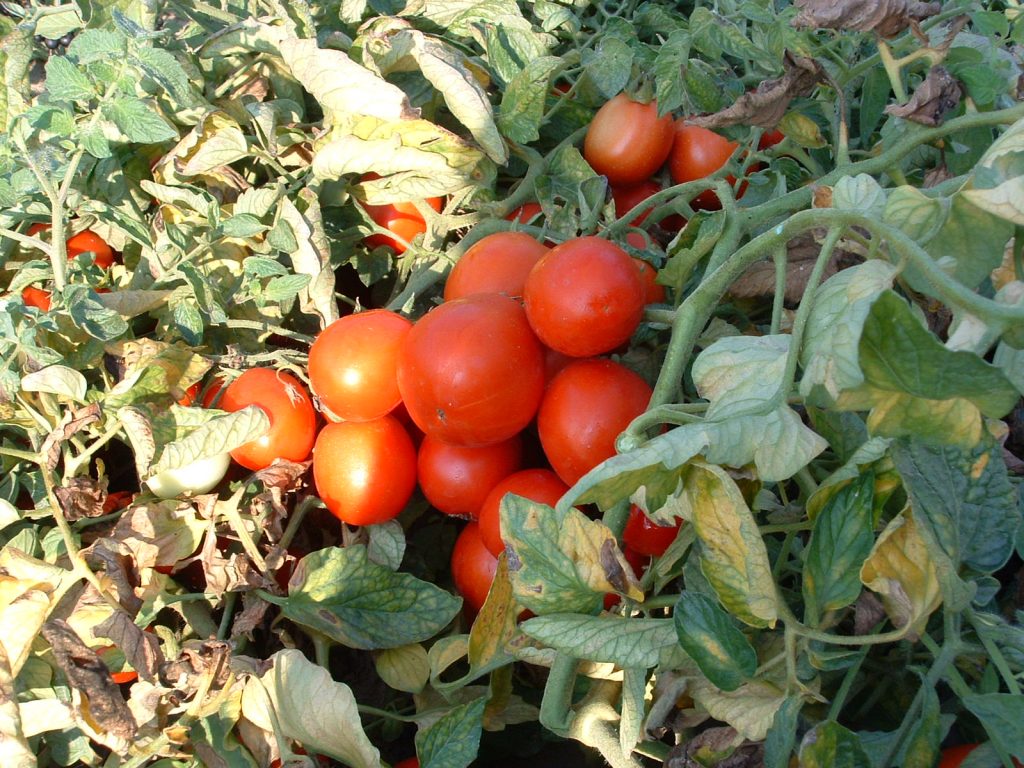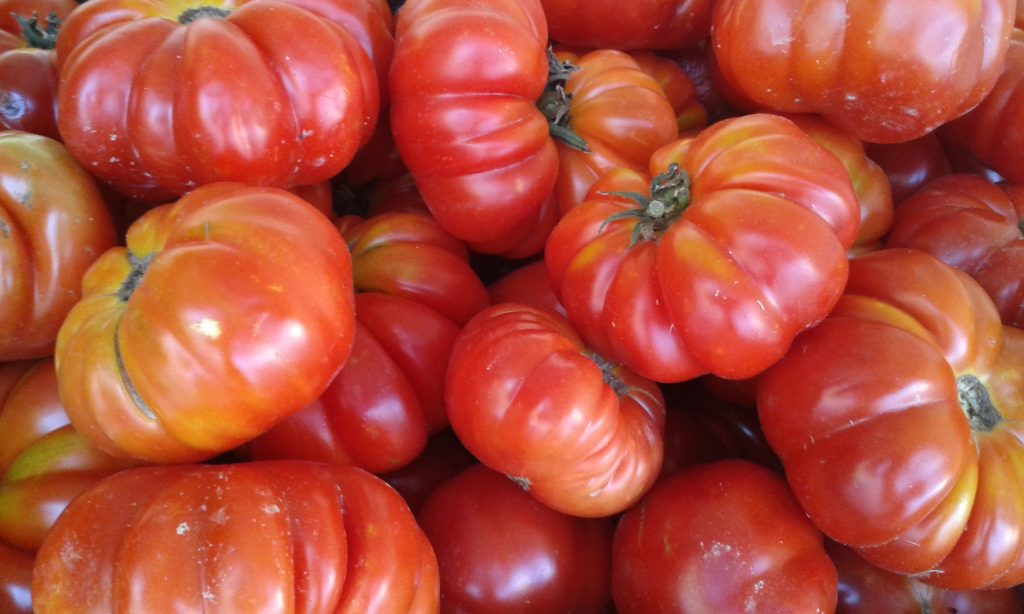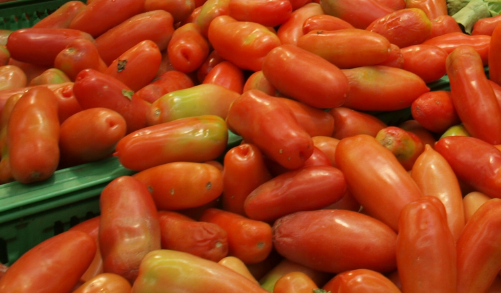Pomodoro – Cv diverse
Description:
the fruit is a berry of highly variable size and shape (globular, flattened, elongated, umbilicated; smooth or ribbed); with variable number of lodges, generally green color due to the presence of chlorophyll in the immature fruit and red when ripe for the presence of a carotenoid pigment called Lycopene, compound endowed with antioxidant capacity. The extreme variability of the berry form allows to recognize different types and local varieties.
Origin:
the tomato is a Solanaceae plant of South-western America (Chile, Ecuadur and Perù) origin. Despite in the New World, the tomato was part of the daily diet of the indigenous, the vegetable symbol of Mediterranean cuisine was imported into Europe initially for ornamental uses. Its food consumption began in Italy in the second half of 1500, although towards the end of 1700 its cultivation had a strong boost. While in France the tomato was eaten at the court of the kings, in southern Italy it became the staple food of the poor population and workers. It dates back to the beginnings of the eighteenth century, the first processing technique in tomato sauce and the first experiences of conservation; however it is only towards the end of 1800 that began to be born in Italy the first canning factories. Currently it is grown all over the world.
Flavor:
more or less sweet and sourish according to different variety and degree of ripeness.
Curiosity:
in Piedmont the first canning factory was born in Turin thanks to the initiative of Francesco Cirio.
It's good because:
the tomato is low in calories and rich in carotenoid pigments, including provitamin A. It contains lycopene, a natural pigment which possesses antioxidant properties and then, once consumed, protects tissues. It also contains vitamin C.


